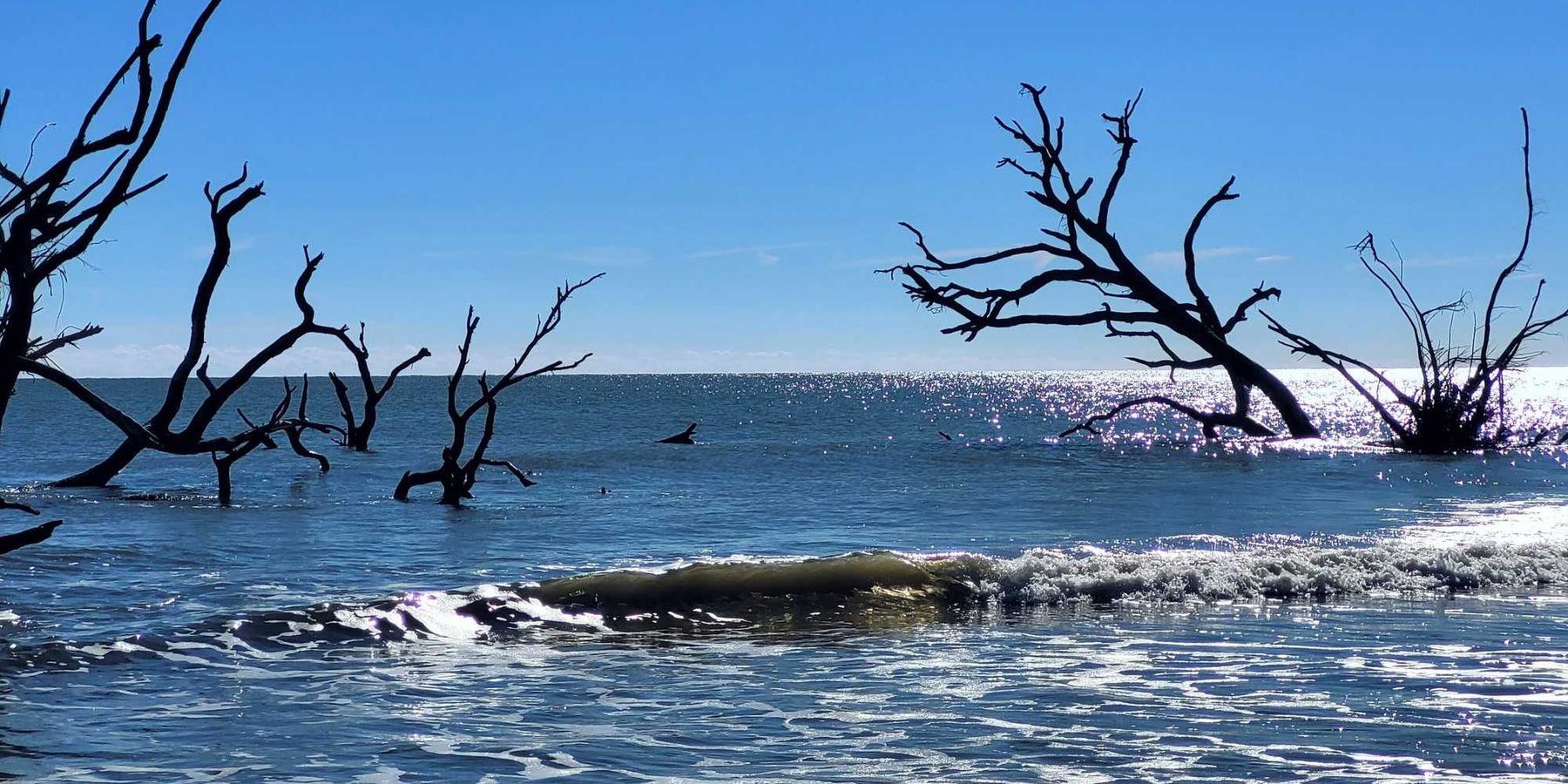Pollinators face growing threats from war, pollution and synthetic chemicals
A surge in global conflict, plastic contamination, and chemical exposure is putting bees and other pollinators at increased risk, a new report warns.
Helena Horton reports for The Guardian.
In short:
- A University of Reading report lists 12 emerging threats to pollinators, including war, microplastics, artificial light, and antibiotics entering ecosystems via agriculture.
- Microplastics were detected in most of the 315 bee colonies tested across Europe, while light pollution has cut nocturnal flower visits by 62%, and pesticide mixtures continue to harm pollinator health.
- The authors urge policy reforms and habitat improvements to mitigate the risks, noting that both public and private efforts are essential to safeguarding pollinators.
Key quote:
"Pollinators are central to our food systems, climate resilience and economic security. Protecting pollinators means protecting ourselves."
— Simon Potts, professor at University of Reading and lead author of the report
Why this matters:
Pollinator populations are collapsing under pressure from a widening range of human-made threats. Wars disrupt land use and reduce crop diversity, depriving pollinators of seasonal food. Light pollution scrambles their natural behavior. Microplastics, which now pervade soils and even beehives, may carry toxic additives or interfere with insect development. And even as individual pesticides are regulated, their combined effects — so-called “cocktails” — pose unmeasured risks. Antibiotic residues, often used in livestock and crop production, are now showing up in bees and affecting their behavior. As natural pollination declines, farmers turn to costly manual labor or imported bees, creating economic ripple effects.
Read more: Pesticides are becoming increasingly toxic for the world's most important insects













